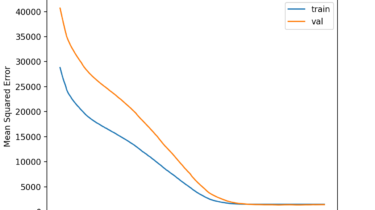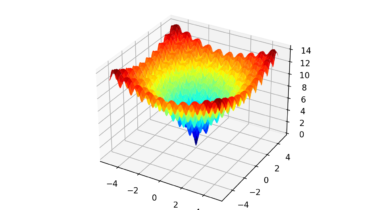How to Develop a Neural Net for Predicting Car Insurance Payout
Developing a neural network predictive model for a new dataset can be challenging. One approach is to first inspect the dataset and develop ideas for what models might work, then explore the learning dynamics of simple models on the dataset, then finally develop and tune a model for the dataset with a robust test harness. This process can be used to develop effective neural network models for classification and regression predictive modeling problems. In this tutorial, you will discover how […]
Read more


